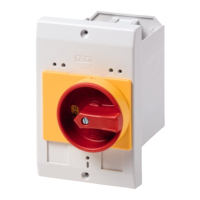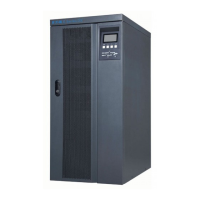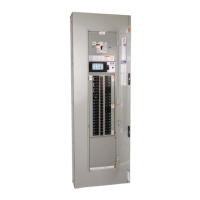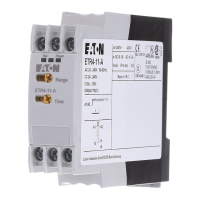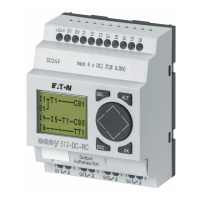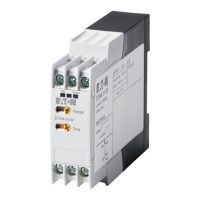Description Information Corrective Action
• Is network communication blocked by a rewall?•
TCP/IP connection between PowerPort-E and protection
device cannot be established.
In rare cases it is not possible to establish
a TCP/IP connection to port 52152 (although
no rewall or other software blocks this port).
This has been observed only in rare cases with
Windows 7 and Windows 8.x systems that are
not fully upgraded.
This type of connection problem can only be solved by
upgrading the Windows operating system, i. e. installing
all available service packs and upgrade packages that are
available from Microsoft.
The USB COM port is not visible on the PC. The USB port (e. g. COM 5) is not visible in
PowerPort-E.
Open the Device Manager of the Windows PC, and check
the entries below “Connections (COM & LPT)”.
• If the protection device is listed as a generic•
“Serial USB Device (COM n)” [Windows 10], or as
an “Unknown Device” [Windows 7] then the USB
driver has not been properly installed during the
installation of PowerPort-E.
(Re-)Install the USB driver that comes with the
PowerPort-E setup. (Driver installations require
Administrator privileges.)
A connected E-Series device must be listed as
“Eaton E-Series USB (COM n)” in the Device
Manager.
It is not possible to connect PowerPort-E, the
Field Device Installer or some other application
to the device via USB. The corresponding USB
port (e. g. COM 5) is not visible in the application.
Check the following issues:
• PowerPort-E: Is a suciently up-to-date version•
installed (4.40 or higher)?
• Plug o the USB cable from the protective device•
and plug it in again. After 10 seconds try again to
connect PowerPort-E (or Field Device Installer) to the
relay.
•
Restart your PC.
•
The USB COM port is visible, but no connection is
possible.
It is not possible to communicate with PowerPort-
E to the relay via USB. The corresponding USB
port (e. g. COM 5) is available and has been
selected correctly.
Check the following issues:
• Has the protective device started up completely?•
• Is PowerPort-E access via USB enabled on the•
device? Check the settings at [Device Para /
Security / Communication].
• Is the USB port of the PC still occupied by another•
application (or program)? Close those applications.
• Have special applications for communication•
analysis been installed on the PC? (In very rare
cases it has been observed that some so-called
“sniers” – applications that monitor or log the
21www.eaton.comE-Series Family Troubleshooting Guide)
4 Problems with the Device
4.5 Communication

